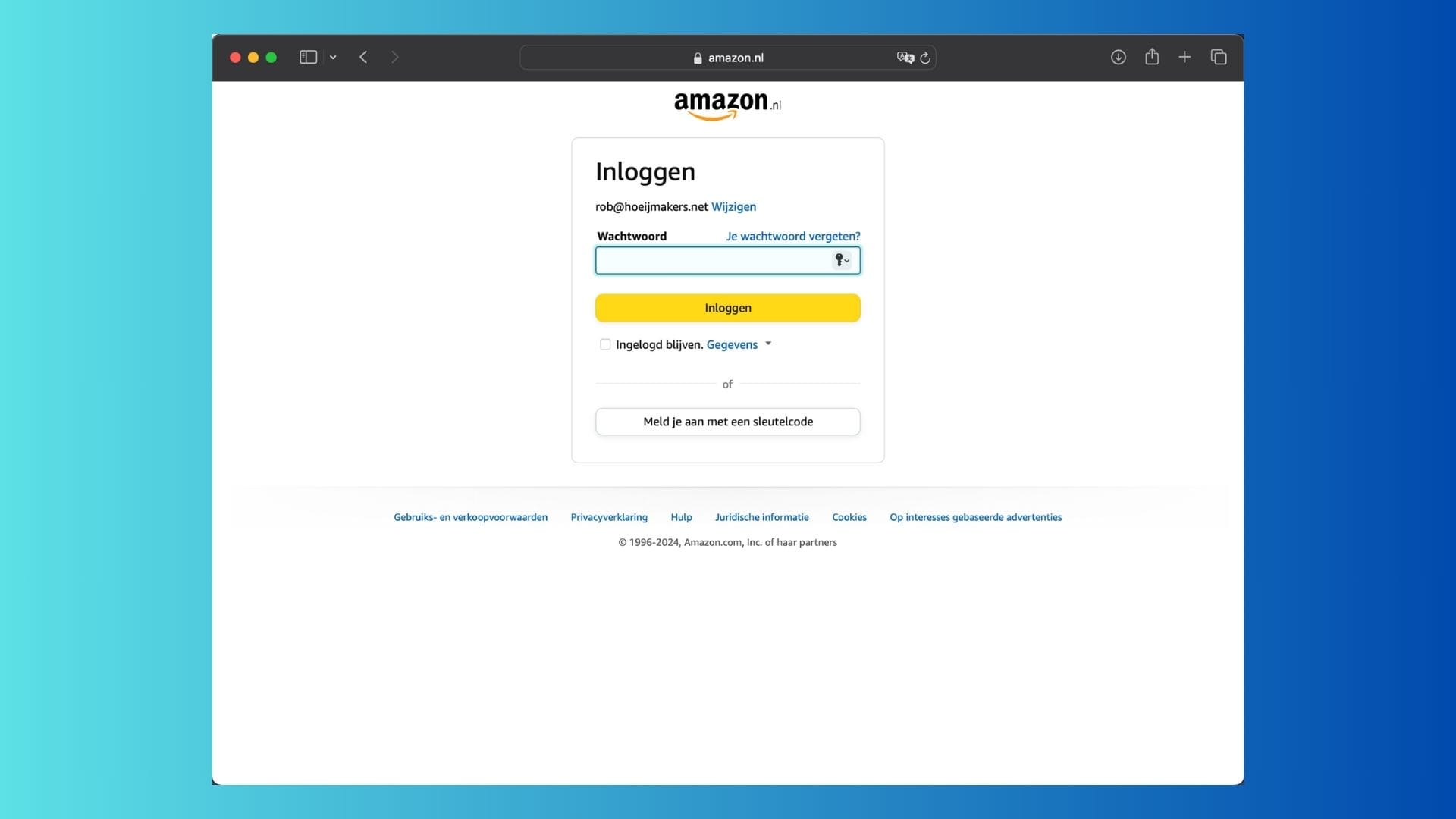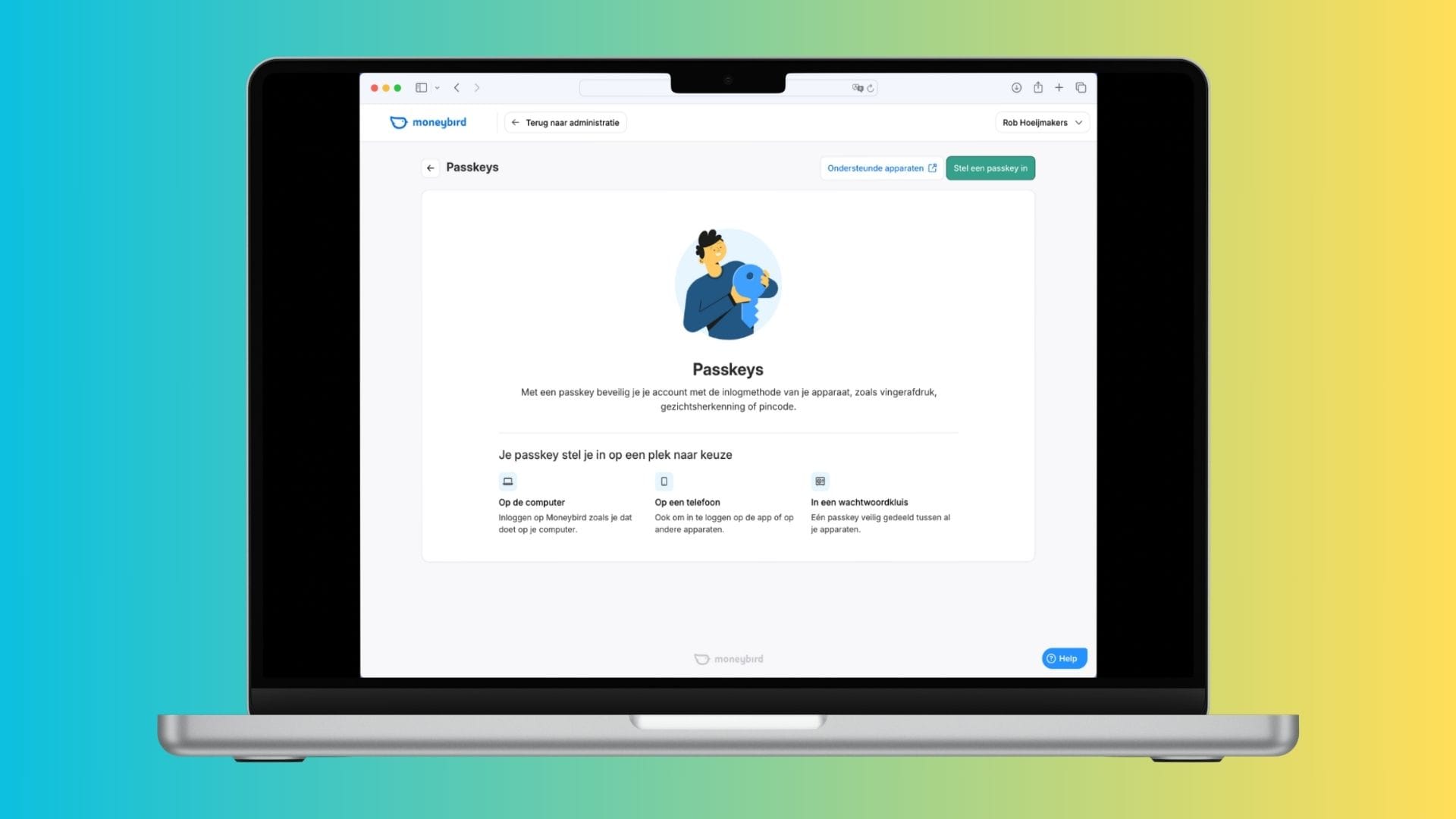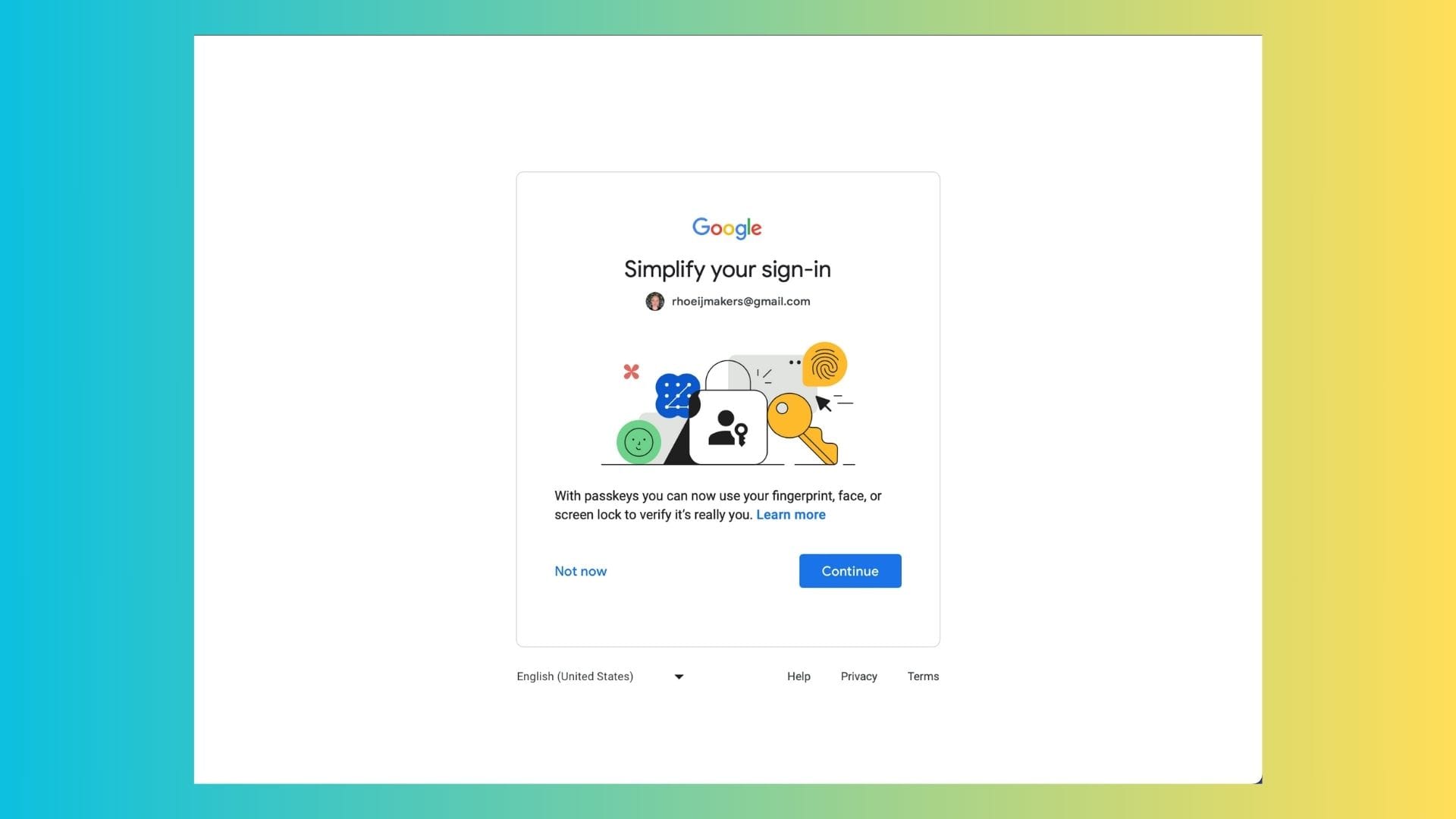Transitioning to Passkeys
Unlock the potential of Passkeys: Explore how they enhance security & ease of use for professionals. Get started with our actionable insights.

A Practical Guide for the Advanced Online Professional
As we navigate the evolving landscape of online security, the shift from traditional passwords and two-factor authentication (2FA) to Passkeys represents a significant change. This guide aims to share my personal experience with this transition, focusing on the practical aspects and offering insights for professionals ready to make the jump.
Understanding Passkeys
Passkeys are a new form of authentication designed to replace passwords. Unlike passwords, Passkeys do not require you to remember complex strings of characters. Instead, they use a more secure, cryptographic approach to verify your identity. This technology promises to make logins both simpler and more secure.
My First Encounter with Passkeys
My journey began with two platforms: Amazon and MoneyBird.
On Amazon Netherlands, I was given the option to continue using passwords or to try Passkeys. The choice was comforting; I could explore this new method without losing the familiar backup of passwords.

MoneyBird, however, pushed me deeper into the Passkey waters. Once I opted for Passkeys, reverting to passwords was not an option. This moment felt like a real commitment to embracing a more secure online environment.

The Experience on macOS and iOS
Implementing Passkeys on my devices was straightforward. The technology is well-integrated into both macOS and iOS, making the transition smoother than I anticipated.
However, adapting to this new method did require a mindset shift. Initially, there was a learning curve, and I had to remind myself not to default to the password option.
Challenges and Considerations
The biggest challenge was not the technology itself but adjusting to a new routine and different wordings. The initial setup and getting used to a different way of logging in took some time.
On a practical level, the experience varied between websites on desktop and mobile, and mobile apps, which meant I had to stay flexible and patient.
Advice for Professionals Considering Passkeys
Here is some advice from my hands on learnings:
- Start Slow: Choose one or two platforms to begin with, preferably ones that offer an option to switch between Passkeys and passwords.
- Educate Yourself: Understand how Passkeys work with your operating system and devices. This knowledge will ease the transition.
- Be Patient: Adjusting to Passkeys takes time. Allow yourself to get comfortable with the new process.
- Stay Informed: As more platforms adopt Passkeys, staying updated on best practices and security tips is crucial.
Why Make the Jump?
Adopting Passkeys is about more than following a trend; it's a step towards a more secure online presence. While the transition requires an adjustment period, the benefits—enhanced security and a simpler login process—are compelling reasons to make the switch.
For those of us in the digital profession, understanding and embracing such changes is part of staying ahead in our field. By sharing my journey, I hope to offer a practical perspective that can help guide you through your own transition to Passkeys.
I will provide further updates once I am confident to have mastered it more completely, keep updated by subscribing for latest articles.




